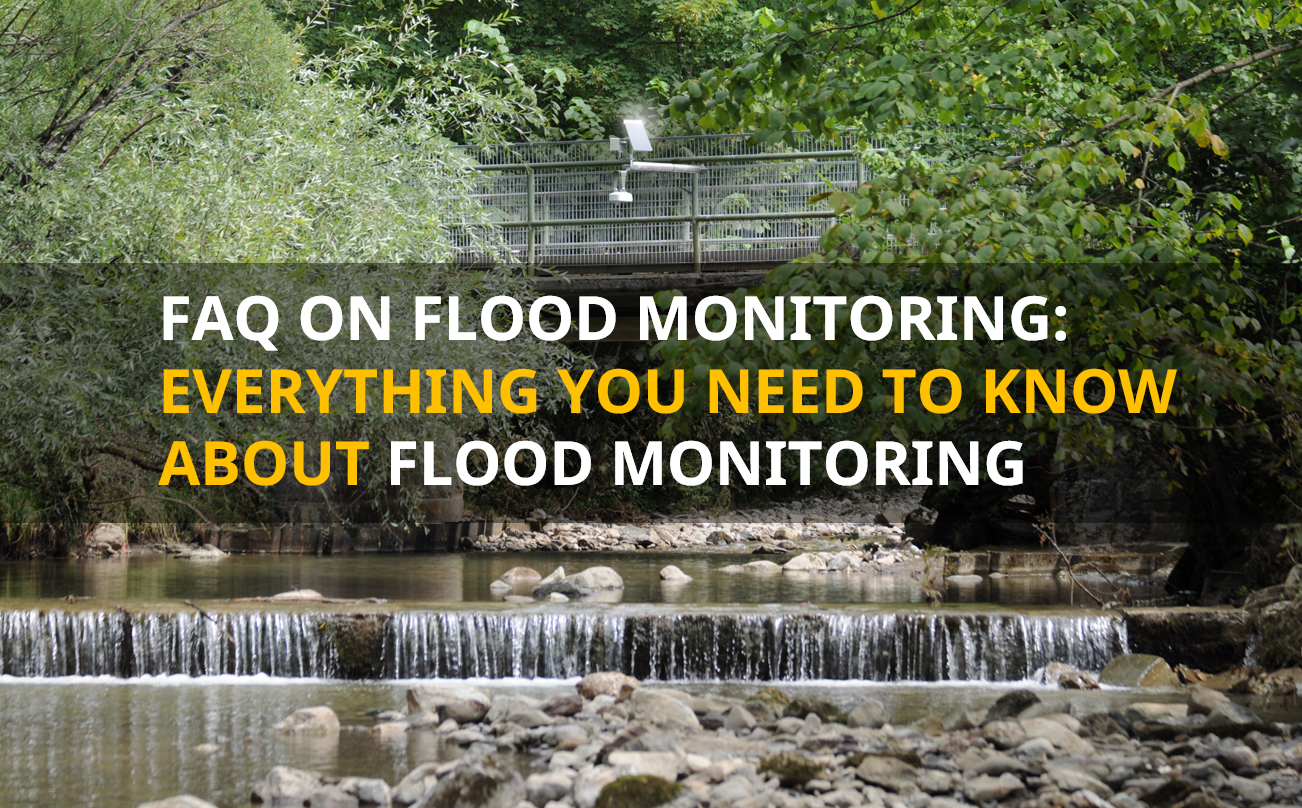 Foto credit: vichie81 – Fotolia.com
Foto credit: vichie81 – Fotolia.com
After two failed applications for 2010 and 2014, Pyeongchang is now the venue for the 2018 Olympic Winter Games. The 23rd Winter Games will take place from January 29 to February 25, 2018. The district of Pyeongchang is in the South Korean province Gangwon-do and has nearly 43,700 residents. The town of the same name has only 10,000 residents and is 240 kilometers from the capital, Seoul. The Olympic sites in Pyeongchang can be reached by bus from the Dong-Seoul Express Bus Terminal or by the still under construction high-speed railway.
The Pyeongchang region is characterized by the largest Korean mountain chain in the country, the Taebeak Mountains. The region is only 700 meters above sea level. But in the winter, the climate, especially on the eastern side of the peninsula is rough and cold with heavy snowfall. That is also why the mountain chain bears the name, “The Asian Alps”. The winter sports region is an ideal venue for the Olympic Winter Games in four years, which will be held under the motto “New Horizons”. The region surrounding the Taebeak Mountains has been well-known as a skiing region for years. Especially the ski resort YongPyong, which is over 1,200 meters above sea level, is very popular with tourists. The most famous skiing region has over 31 ski-runs, 15 ski lifts, an almost 4 km long funicular and the largest ski lodge in South Korea.
The preparations for holding the Olympic Games are already in full swing. By the time the games are opened, a high-speed railway will be constructed, new sports arenas built and the infrastructure of the region optimized. Lufft is also involved in the preparations and is assisting with recording and analyzing environmental data. Weather monitoring plays a significant role in the Winter Games in South Korea running smoothly. For this reason, Lufft is directly on site with its weather sensors WS500-UMB and the street sensors NIRS31-UMB. The weather station WS500-UMB measures wind direction, wind speed, temperature, humidity and barometric pressure all around the event venues. The sensor data has been accessible here since January 26, 2013 (http://2013sopoc.kma.go.kr/?lang=ENG).
The non-contact street sensors NIRS31-UMB were already installed on the main roads in Pyeongchang in 2012. These determine the state of the surface of the roads such as moisture, ice, sleet, packed snow or slippery frost and the water film level. The current street sensor data can be viewed here (http://2013sopoc.kma.go.kr/road.po). By installing the sensors, it is possible to precisely determine the weather conditions ahead of time.


